NMI3 Picture Gallery
The 2015 NMI3 General Assembly in Copenhagen, Denmark
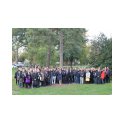
Participants at the NMI3-II Final General assembly.
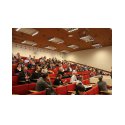
Participants at the NMI3-II Final General assembly.
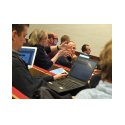
Discussions after a talk. © M. Blaauw, RID.
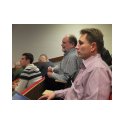
Audience. © M. Blaauw, RID.
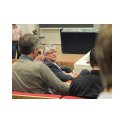
Discussions after a talk. © M. Blaauw, RID.
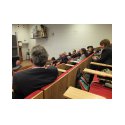
Discussions after a talk. © M. Blaauw, RID.
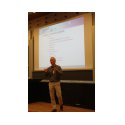
Mark Johnson introductory presentation at the NMI3 GA.
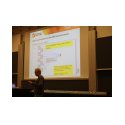
Victor Leliena presentation on the AMT JRA.
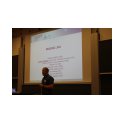
Anders Kaestner presentation on the Imaging JRA.
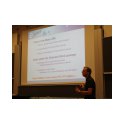
Stephen Cottrell presentation on the Muons JRA.
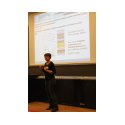
Annie Brulet presentation.
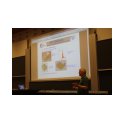
Nigel Rhodes presentation on the Detectors JRA.
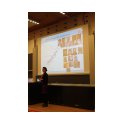
Linda Udby presentation on the e-learning platform.
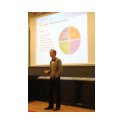
Thomas Gutberlet presentation on the IUA activity.
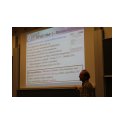
Emmanuel Farhi presentation.
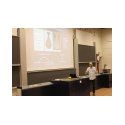
Juri Agresti presentation.
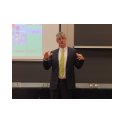
Helmut Schober on the EPN Campus and GIANT in Grenoble. © M. Blaauw, RID.
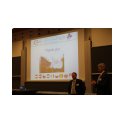
Matthias Girod presentation on the CERIC-ERIC facility.
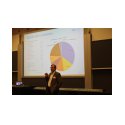
Jim Yeck presentation on the ESS.
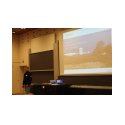
Tomas Lundqvist presentation on the MAX IV facility.
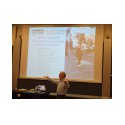
Colin Carlile presentation on the Swedish RIs and the Science Village in Lund. © M. Blaauw, RID.
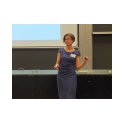
Anna Stenstam from Colloidal Resources on bridging between Industry and RIs. © M. Blaauw, RID.
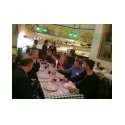
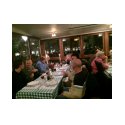
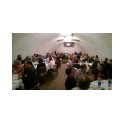
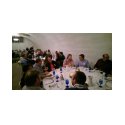
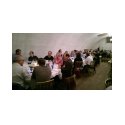
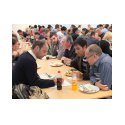
Lunch break. © M. Blaauw, RID.
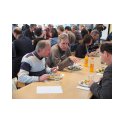
Lunch break. © M. Blaauw, RID.
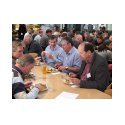
Lunch break. © M. Blaauw, RID.
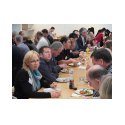
Lunch break. © M. Blaauw, RID.
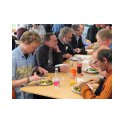
Lunch break. © M. Blaauw, RID.
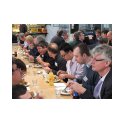
Lunch break. © M. Blaauw, RID.
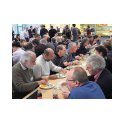
Lunch break. © M. Blaauw, RID.
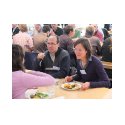
Lunch break. © M. Blaauw, RID.
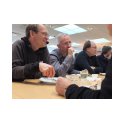
Lunch break. © M. Blaauw, RID.
ECNS 2015 in Zaragoza, Spain
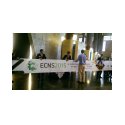
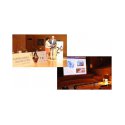
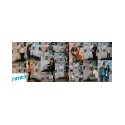
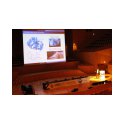
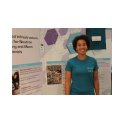
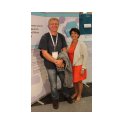
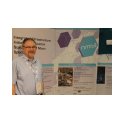
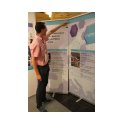
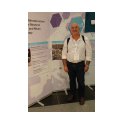
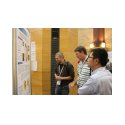
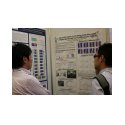
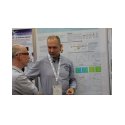
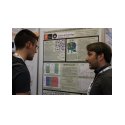
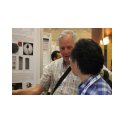
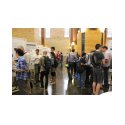
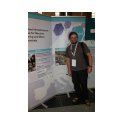
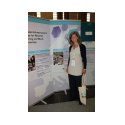
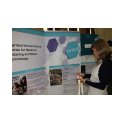
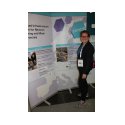
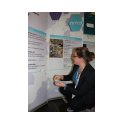
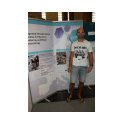
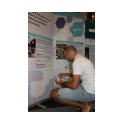
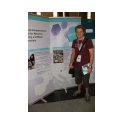
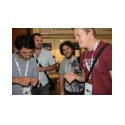
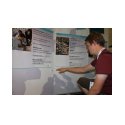
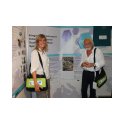
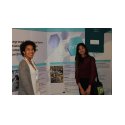
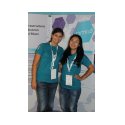
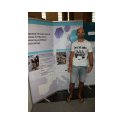
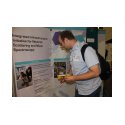
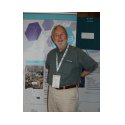
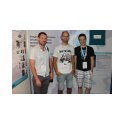
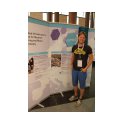
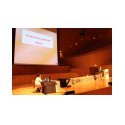
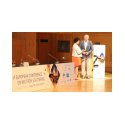
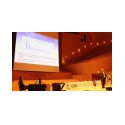
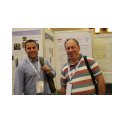
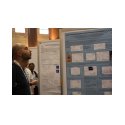
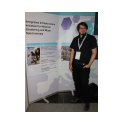
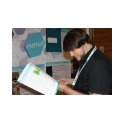
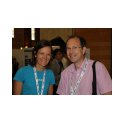

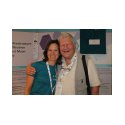
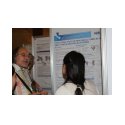
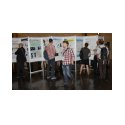
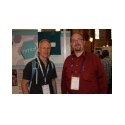
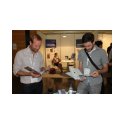
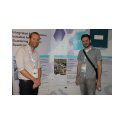
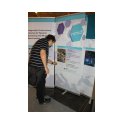
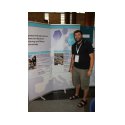
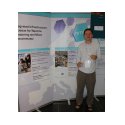
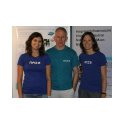
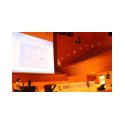
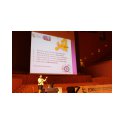
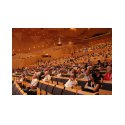
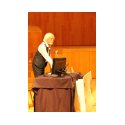
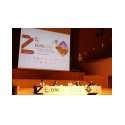
The 2014 NMI3 General Assembly in Zaragoza, Spain
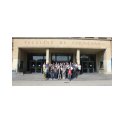
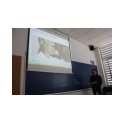
Godsk at the NaMES meeting.
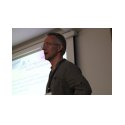
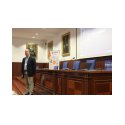
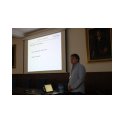
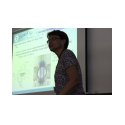
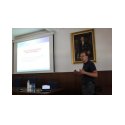
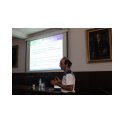
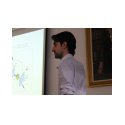
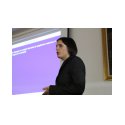
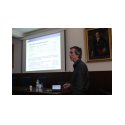
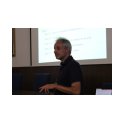
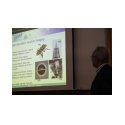
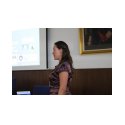
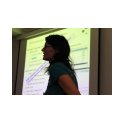
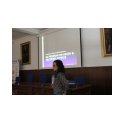
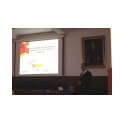
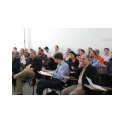
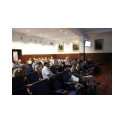
The 2014 ISIS Muon Spectroscopy Training School, UK
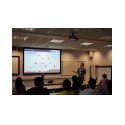
Talk by a student.
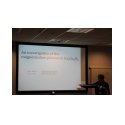
Talk by a student.
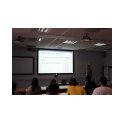
Talk by a student.
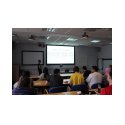
Talk by a student.
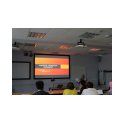
Talk by a student.
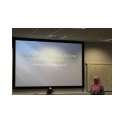
Talk by a student.
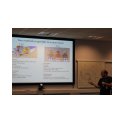
Lecture by Alan Drew from the Queen Mary University of London.
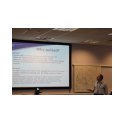
Lecture by the ISIS muon scientist James Lord.
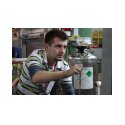
Student at a practical.
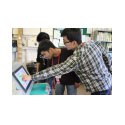
Participants at a practical.
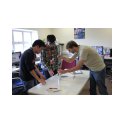
Participants at a practical.
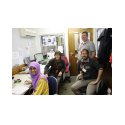
Participants looking at the data obtained during a practical.
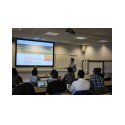
Lecture by Elvezio Morenzoni who is LMU Laboratory Head at PSI, Switzerland.
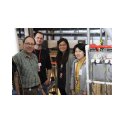
The 2014 Baltic Neutron School, Tartu, Estonia
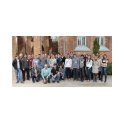
Participants at the BNS 2014.
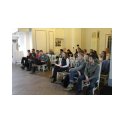
Participants in lecture at the BNS2014.
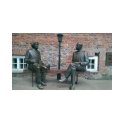
Oscar Wilde and Eduard Vilde Sculpture, next to the BNS dinner restaurant.
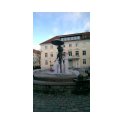
The Kissing Students’ sculpture and fountain in Tartu.
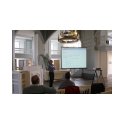
Thomas Hauss talk at the BNS2014.
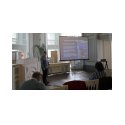
Judith Peters talk at the BNS2014.
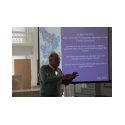
Joe Zaccai talk at the BNS2014.
The 2014 Berlin School
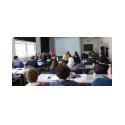
Lecture at the Berlin School. Picture: NMI3
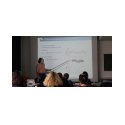
Lecture at the Berlin School.
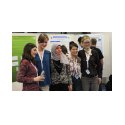
Students at the Berlin School. Picture: NMI3
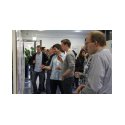
Poster presentations. Picture: NMI3
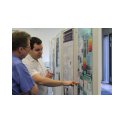
Poster presentations. Picture: NMI3
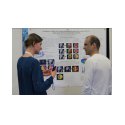
Picture: NMI3
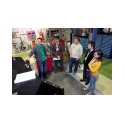
Picture: Julia Alice Treptow
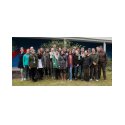
Picture: Julia Alice Treptow
NMI3 Industry Workshop at ICNS 2013
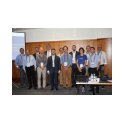
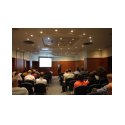
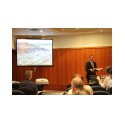
Ed Mitchell, Business development officer at ESRF, was discussion moderator
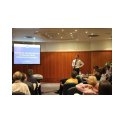
Bernhard Fabianek from the European Commission DG Research & Innovation gave a talk on “Research infrastructures in Horizon 2020 – Industry and Innovation”
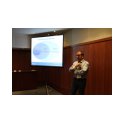
Juan Tomás Hernani, General Secretary for Innovation and Industry at ESS, gave a talk on “Innovative Procurement at ESS”
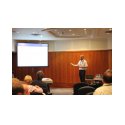
Talk on “Sample Environment: possibilities of co-innovation – Cryostat”
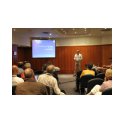
Xavier Philippe, procurement officer at ILL, gave a talk on “Procurement officers view (RIs) – identification of strategic suppliers””
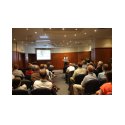
Christian Schanzer from Swissneutronics gave a talk on “Neutron delivery systems: Company”
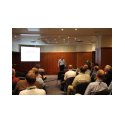
Peter Link, Head of Optics group at FRM II, gave a talk on “Neutron delivery systems: View of RIs”
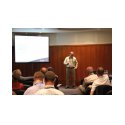
Oleg Kirichek from ISIS gave a talk on “Sample Environment: ISIS co-innovation with Oxford Instruments and Hiden Isochema”
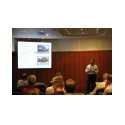
Robert McKeag from Centronic, gave a talk on “Detectors: success story of co-innovation”
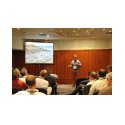
Bruno Guerard from ILL gave a talk on “Detectors: View of Research infrastructures”
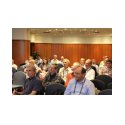
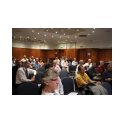
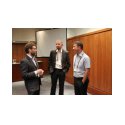
ICNS 2013 in Edinburgh
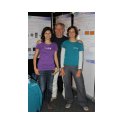
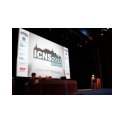
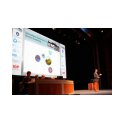
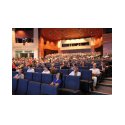
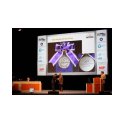
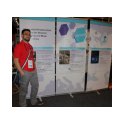
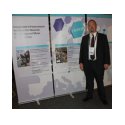
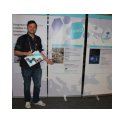
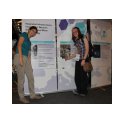
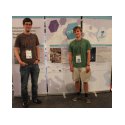
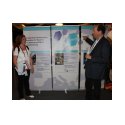
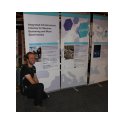
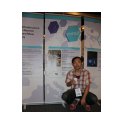
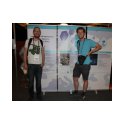
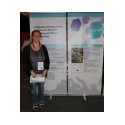
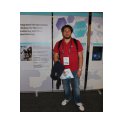
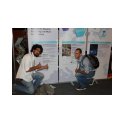
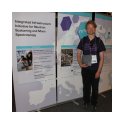
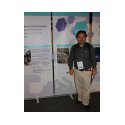
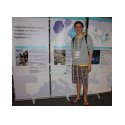
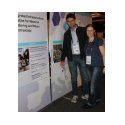
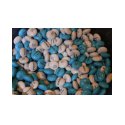
Ultra sweet cold neutrons with chocolate quarks inside
NMI3 General Assembly 2013
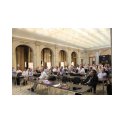
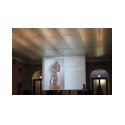
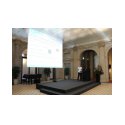
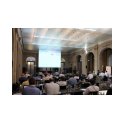
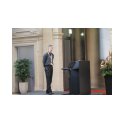
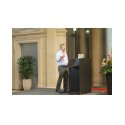
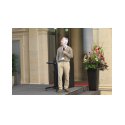
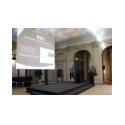
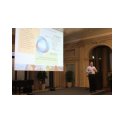
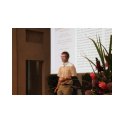
NMI3 General Assembly 2012
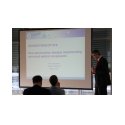
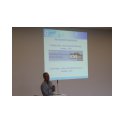
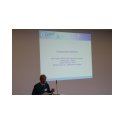
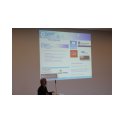
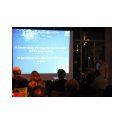
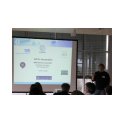
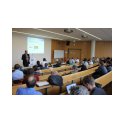
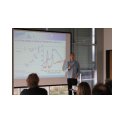
NMI3-II Kick-Off meeting 2012
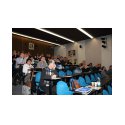
Audience. Picture: Juliette Savin/NMI3
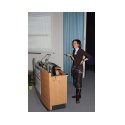
Miriam Förster. Picture: Juliette Savin/ NMI3
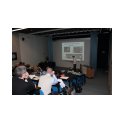
Helmut Schober. Picture: Juliette Savin/NMI3
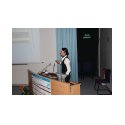
Linda Udby. Picture: Juliette Savin/ NMI3
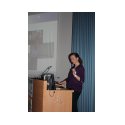
Juliette Savin. Picture: Miriam Förster/NMI3
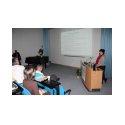
Teodora Rusu, from the EC. Picture: Juliette Savin/ NMI3
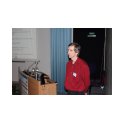
Thomas Gutberlet. Picture: Juliette Savin/ NMI3
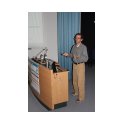
Emmanuel Fahri. Picture: Juliette Savin/ NMI3
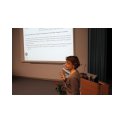
Annie Brulet. Picture: Juliette Savin/NMI3
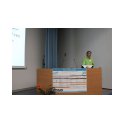
Alain Menelle. Picture: Juliette Savin/NMI3
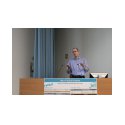
Menno Blaauw. Picture: Juliette Savin/ NMI3
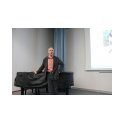
Mark Johnson.
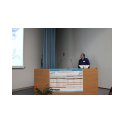
Stefan Janssen. Picture: Juliette Savin/ NMI3
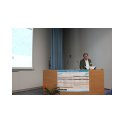
Sacha Ioffe. Picture: Juliette Savin/ NMI3
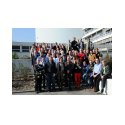
Picture: Serge Claisse
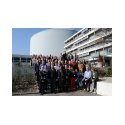
Picture: Serge Claisse/ILL
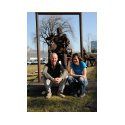
Picture: Serge Claisse/ILL
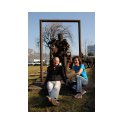
Picture: Serge Claisse / ILL
NMI3 General Assembly 2011
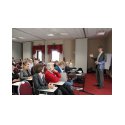
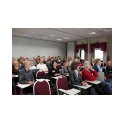
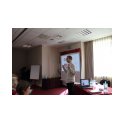
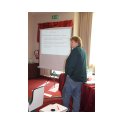
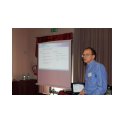
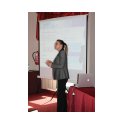
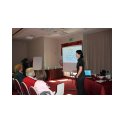
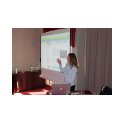
ECNS 2011 in Prague
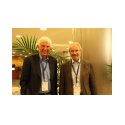
After the award at ECNS 2011
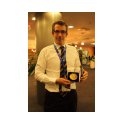
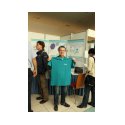
A happy student with his T-Shirt
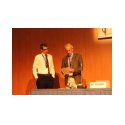
Christian Rügg receiving his prize
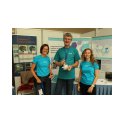
The NMI3 coordination team: Miriam Förster, Helmut Schober and Juliette Savin
FRM II/ TUM - Garching, Germany
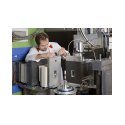
Scientists working on the triple-axis spectrometer PANDA/FRM II. Picture: Eckert / Heddergott; FRMII/ TUM
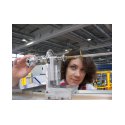
Giovanna Simoni – Young researcher at FRM II. Picture: Andrea Voit, FRMII/TUM
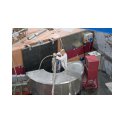
The high resolution powder diffractometer at FRM II. Picture: Wenzel Schürmann, FRMII/TUM
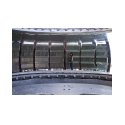
Picture: Wenzel Shürmann, FRMII/ TUM
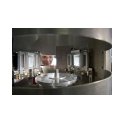
Picture: Eckert / Heddergott/ TUM
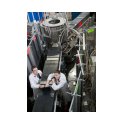
Picture: Wenzel Schürmann/TUM
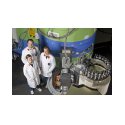
Picture: Eckert / Heddergott/ TUM
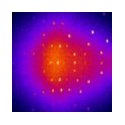
Picture: Andreas Östermann, FRMII/TUM
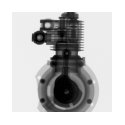
Neutron Radiography of a compressor. FRM II/ANTARES
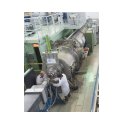
The 40m pinhole SANS instrument KWS-2 of Jülich Centre for Neutron Science (JCNS) during the reconstruction at the Heinz Maier-Leibnitz neutron source (FRM II) in Garching; the end of the collimation base, the sample position and the long evacuated detection tube are visible. Photo:
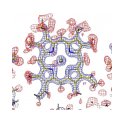
Neutron scattering length density maps of the heme plane of myoglobin.
The density maps are shown in blue for a positive contour level (indicating carbon, nitrogen, oxygen and iron) and in red for a negative contour level (indicating hydrogen 1H).
Picture Andreas Östermann FRM II/TUM
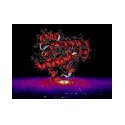
Artistic representation of the protein myoglobin. The red ribbon model shows the alpha-helices. The floor of the picture is a neutron diffraction pattern of a myoglobin crystal. Author: Andreas Östermann FRM II/TUM
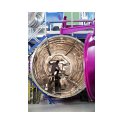
Picture: Eckert Heddergott, FRMII/TUM
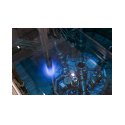
Picture:FRM II/TUM
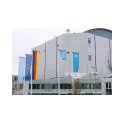
Picture: FRM II/TUM
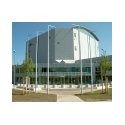
Picture: Wenzel Schürmann FRM II/TUM
JCNS @FRMII
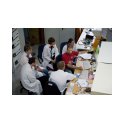
Picture: Wenzel Schürmann/TUM for the JCNS school
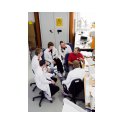
Picture: Wenzel Schürmann/ TUM for the JCNS school
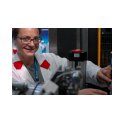
Picture: Wenzel Shürmann, FRMII/ TUM
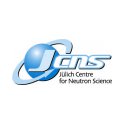

The 40m pinhole SANS instrument KWS-2 of Jülich Centre for Neutron Science (JCNS) during the reconstruction at the Heinz Maier-Leibnitz neutron source (FRM II) in Garching; the end of the collimation base, the sample position and the long evacuated detection tube are visible. Photo:
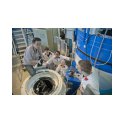
Picture. Wenzel Schürmann/TUM
ISIS - Didcot, UK
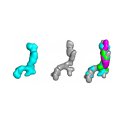
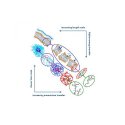
Length-Time Scale Cartoon for Soft Matter
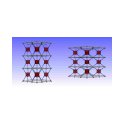
Crystals of Ag3[Co(CN)6] become shorter and fatter on heating as silver atoms (grey) move apart (right). Neutron scattering helped probe the changes in dimensions and energetics.
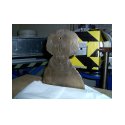
Medieval English brass incised monumental plate, from the collection of H.M. Stuchfield, analysed at ISIS.
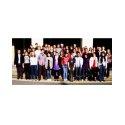
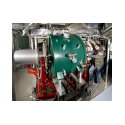
The new high-field muon spectrometer (HiFi) at ISIS provides magnetic fields up to 5T for muon studies of magnetism, molecular dynamics and polymer systems. Computer simulations of muon and positron paths through the instrument were undertaken with NMI3 JRA funding to enable the instrument detector array to be designed. The instrument is working very successfully as a full part of the ISIS user programme.
Picture: Stephen Kill, ISIS
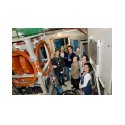
Students at the ISIS Muon Training School learning about the ISIS muon spectrometers. The ISIS Muon Training School is run every two years, and funding for European students to attend is provided by NMI3.
Picture: Stephen Kill, ISIS
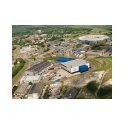
ISIS was lucky enough to buy a substantial quantity of helium-3 before prices shot up
© STFC
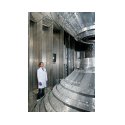
Neutron detectors need helium-3 to operate
© Stephen Kill/ISIS/STFC
ISIS Friends and family day 2012
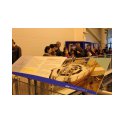
in Target station 2. Picture: Juliette Savin/NMI3
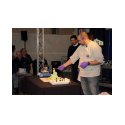
In the theatre area, ISIS Friends and family day 2012. Picture: Juliette Savin/NMI3
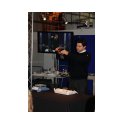
In the theatre area at the ISIS Friends and Family day 2012. Picture: Juliette Savin/NMI3
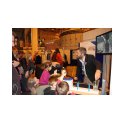
Ross Stewart explains the principle of light diffraction, ISIS Friends and Family day 2012. Picture: Juliette Savin/NMI3
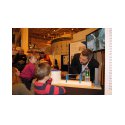
In action: Ross Stewart at the Atoms and Molecules stand, ISIS Friends and Family day 2012. Picture: Juliette Savin/NMI3
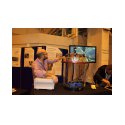
Explaining the water bridge phenomenon, ISIS Friends and Family day 2012. Picture: Juliette Savin/NMI3
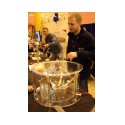
In action, explaining proton acceleration, ISIS Friends and Family day 2012. Picture: Juliette Savin/NMI3
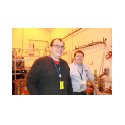
At the Magnet Lab, ISIS Friends and Family day 2012. Picture: Juliette Savin /NMI3
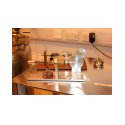
Hot air engine models, ISIS Friends and family day 2012. Picture: Juliette Savin/NMI3
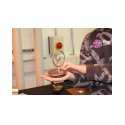
Model engine, ISIS Friends and family day 2012. Picture: Juliette Savin/NMI3
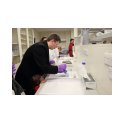
In action in the crystal garden, ISIS Friends and family day 2012. Picture: Juliette Savin/NMI3
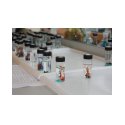
At the crystal garden, ISIS Friends and family day 2012. Picture: Juliette Savin/NMI3
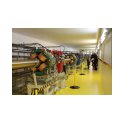
At ISIS Friends and family day 2012. Picture: Juliette Savin/NMI3
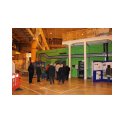
at ISIS Friends and family day 2012. Picture Juliette Savin/NMI3
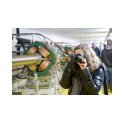
The NMI3 Information manager in action at ISIS friends and family day 2012.
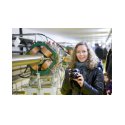
The NMI3 information manager in action, at ISIS friends and family day 2012.
ISIS Muon School 2012
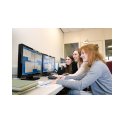
Picture Stephen Kill, ISIS
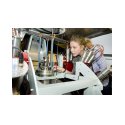
Picture Stephen Kill, ISIS
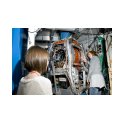
Picture Stephen Kill, ISIS
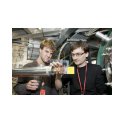
Picture Stephen Kill, ISIS
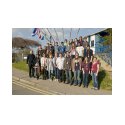
Picture Stephen Kill, ISIS
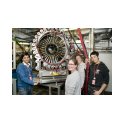
Picture Stephen Kill, ISIS
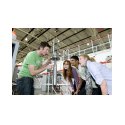
Picture Stephen Kill, ISIS
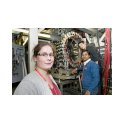
Picture Stephen Kill, ISIS
HZB, Germany
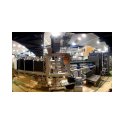
A fish-eye perspective of the new BioRef neutron reflectometer at the neutron source BERII at the Helmholtz Zentrum Berlin with the sample position in the center. The neutrons are guided through a chopper system from the right side and are detected with a position sensitive detector on the left side. As a special feature an infrared beam line is installed on the sample stage, with an infrared spectrometer on top, in order to perform combined infrared spectroscopy and neutron reflectivity measurements. The software “AutoStich 2.2” was used to merge 10 individual pictures of the instrument resulting in the final perspective.
Photo, Martin Kreuzer, HZB
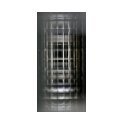
BioRef is a newly built time-of-flight refelectometer at the Helmholzt-Zentrum Berlin dedicated to biological samples. View from the sample position of the time-of-flight reflectometer BioRef through the guide system of the instrument.
Picture: Marcus Trapp, HZB
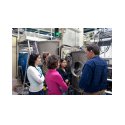
Picture: Berlin school
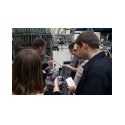
picture: Berlin school
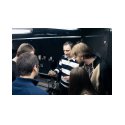
Picture: Berlin school
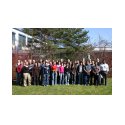
Picture: Berlin school
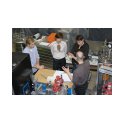
Picture courtesy of the organisers
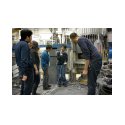
Picture courtesy of the organisers
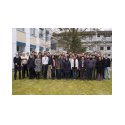
Picture courtesy of the organisers
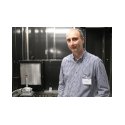
Nikolay Kardjilov in the Imaging lab.
Orphée/LLB - Saclay France
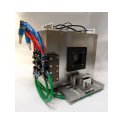
Picture: Sergey Klimko, LLB
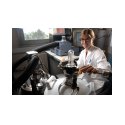
Differential Scanning Calorimetry. Picture Stroppa/LLB
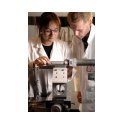
PAXY – SANS picture: Stroppa/LLB
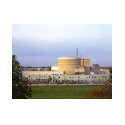
Picture: LLB
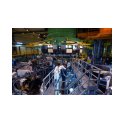
Inside the reactor. Picture: LLB
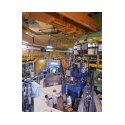
Inside the reactor. Picture: LLB
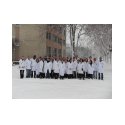
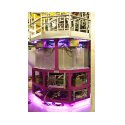
The new very intense polarized neutron diffractometer VIP on the hot source of the Orphée reactor, Laboratoire Léon Brillouin. VIP has 64 position sensitive detectors presenting a large detection angular range of about one steradian. Polarized neutron diffraction is a rather unique technique in magnetism as it takes full advantage of the neutron magnetic moment and gives direct access to the spin density distribution in the unit cell. Picture: Andrew Sazonov, LLB
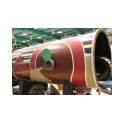
SANS instrument
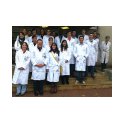
Picture courtesy of the organisers.
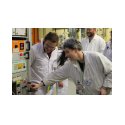
Instrument Scientist during a practical at LLB.
